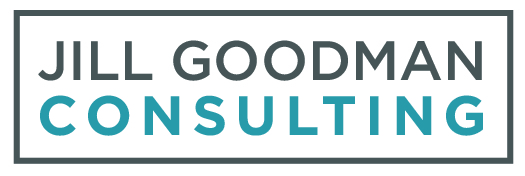Fuel and Friction
On a Friday afternoon, the Head of School of a 100-year-old, faith-based school reaches out to me. He heard me speak at his independent school association event on The Six Components of Parent Retention.
"Something is wrong," he says. Since a leader will rarely call me when things are going right, and I always enjoy talking to a school leader in all circumstances, I encourage him to continue.
"We have decades of alumni, and we historically rely on our alumni to send their children to the school. Our local day population is growing, but alumni are not sending their children to board at our school," he explains.
In our discussion, I learn that the school invests heavily in marketing, campus improvements, and program expansion. Their efforts pay off by bringing more new day students who are impressed with the campus and winning athletic teams. But the boarding program continues to languish. They try targeted advertising in the regions where pockets of alumni live. They go on a road trip to meet with alumni but to no avail.
What is happening?
In a recent podcast episode of Hidden Brain, one of my favorite podcasts, the host, Shankar Vendantam, interviews Northwestern University researcher Loran Nordgren. Nordgren is the author of, The Human Element: Overcoming the Resistance That Awaits New Ideas. In the introduction, Vendantam begins, "Most organizations focus on the thing that can move them forward instead of the thing that holds them back."
Nordgren refers to the things that move the organization forward as fuel and those that hold them back as friction. In the research I do with a school's internal community and the external one, I am looking for both opportunities for added fuel and reducing friction. Fuel, as Nordgren says, "elevates appeal," and reduction of friction "requires discovery."
My client might need more fuel, but we don't know what kind yet. I suspect there must be friction, but where is it?
After I interview the administration and faculty to understand the current program, I suggest to the Head of School that we do a series of focus groups and interviews with alumni in several age groups and students and current parents. In frank, honest, and sometimes heart-wrenching discussions, I learned that the school once had a narrow view of gender roles and harsh discipline policies. In the past 40 years, the school made significant shifts in philosophy, ideology, and practice. But, one discipline policy is hanging on, making life stressful for current families and faculty. The alumni don't know what has changed or to what degree and won't risk sending their children there for fear the school is still teaching with the same worldview.
After the research, we decide to reduce friction by drastically revising the last remaining discipline policy at the root of the current consternation. The Head fosters buy-in and changes the policy, and it's wildly popular. The stress level on campus reduces, and students, faculty, and parents feel validated and heard.
We decide to add more fuel to admissions. The Head reorganizes the department, adding a team of young part-time alumni to do personalized outreach to alumni families and prospective students. The team hosts open conversations with alumni families about the changes in curricula and policy. They create a network of parent ambassadors to talk with prospective alumni families about the current reality at the school.
The following year the school saw a 40% increase in their boarding applicants.
"People don't engage with us for our reasons," says Shankar Vendantam, "they engage for their reasons." I agree. The challenge is finding the reasons.
The author, Jill Goodman, is a consultant working with independent school leaders to advance their school’s mission, enhance their processes, and bolster their skills. Learn more about all services here.



